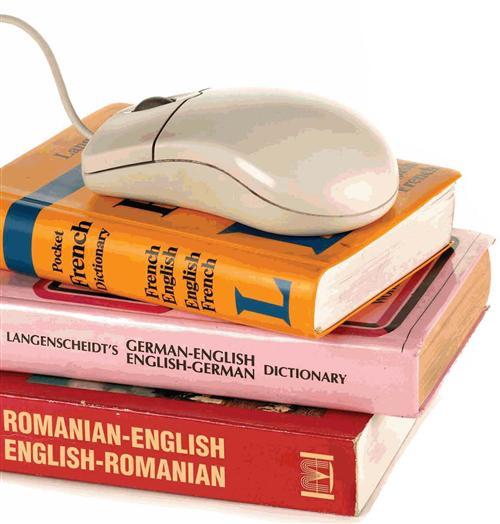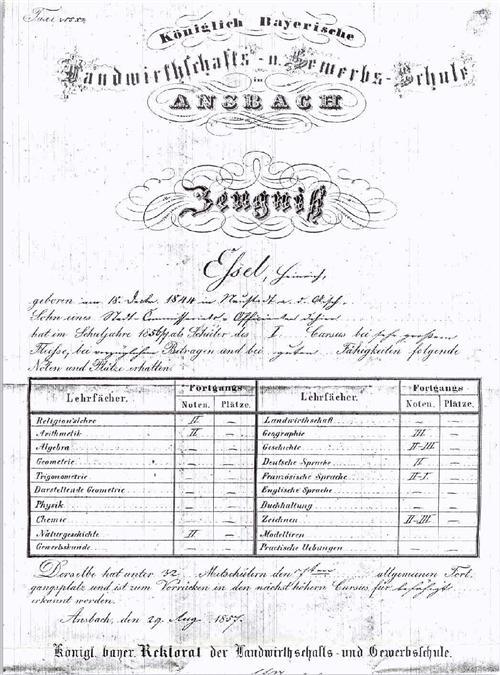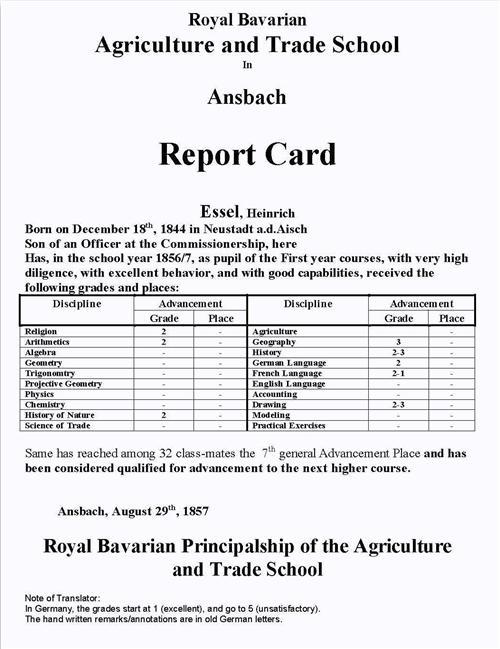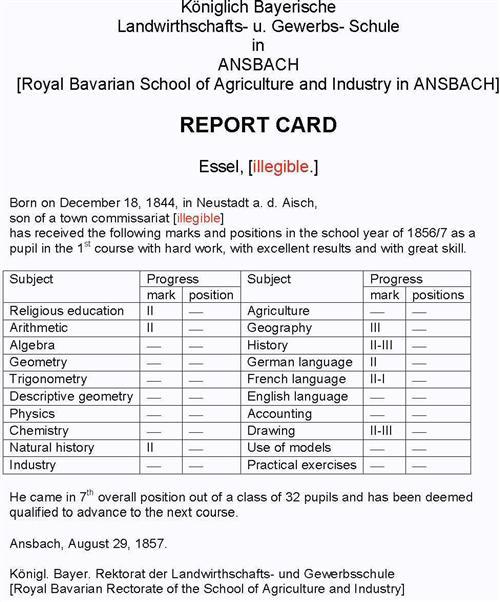Sign up for the Family Tree Newsletter! Plus, you’ll receive our 10 Essential Genealogy Research Forms PDF as a special thank you.
Get Your Free Genealogy Forms
"*" indicates required fields
Bilingual I’m not – a truth I learned when I abandoned my high school French studies after the second year. But now that I’m researching my genealogy, I’ve discovered as you probably have in your search that foreign-language skills can be a big boon. Though some old-country records are formulaic enough to figure out with a few quick dictionary lookups, others may be impossible to unpuzzle if you don’t know the language they’re written in.
Thanks to the Internet, you can get instant help translating short text strings and entire Web sites using aids such as Babel Fish <babelfish.altavista.com> and Google Language Tools <google.com/language-tools>. If you’ve tried the translate-a-Web-page feature on any of these sites, though, you know the English “translations” typically require additional deciphering from a human being-help some sites will provide for a fee.
Ordering a translation from these services is quick and easy – basically, you fill out a Web form, approve the price quote, and you’re done. Here’s an overview of the steps I followed at the three test sites.
ADVERTISEMENT
? Applied Language Solutions (ALS) <www.appliedlanguage.com>: Using the online quote system, I learned translating the 109-word document from German into English would cost $64 and the standard turnaround for this document would be one day, or sooner if needed.
A representative e-mailed me for additional details that would give the translator perspective on the job: a project description, the translation’s audience and end use, and any special instructions. I explained the work was for genealogical purposes.
At this point, I also had to provide payment – but rather than include my credit-card number and security code in my e-mail response, I phoned in my payment.
ADVERTISEMENT
? e-transcriptum <www.e-transcriptum.net>: After selecting the waving Union Jack at this free, volunteer-run – and genealogy-focused – translation service, I chose a link that would allow me to send a scanned text attachment. Once I’d uploaded the document, I asked whether there was a fee and if the translation would be completed within a day or two. Later that day, a reply confirmed the translation would be free, but e-transcriptum couldn’t promise that turnaround time (understandable, since the translators are volunteers).
About two weeks later, I received an e-mail from an unknown individual with the subject line “translation.” Inside was a friendly greeting from a volunteer. He explained the document was a kind of school report, and provided a translation written in paragraph form.
? Click2 Translate <www.click2translate.com>: I arrived at this SDL International service through the company’s free translation page <www.freetranslation.com>. The process starts by selecting a type of translation (personal, small to medium, or large project), so I hit the Upload for Quote button under personal. On the resulting form, I specified the languages I wanted to translate from and to, and retrieved the report card from my hard drive.
My estimated subtotal was $66 – $60 plus a 10 percent project-management fee – with a two-day projected delivery date. Click2Translate’s customer service e-mailed me the translation as an attached document the next day.
Comparatively speaking
Clearly, online translation services are speedy – but how satisfactory are the results? And how do they compare?
All three sites I tried produced similar translations that adequately communicated the document’s content. Of course, people interpret language somewhat differently, and our test document included the added challenge of deciphering 19th-century handwriting. So I found some subtle — and interesting – variations in the translations I received. (You can read the actual text on the previous page.)
For example, all three agreed that the report card came from Ansbach, Germany’s agriculture and trade/business school, but none arrived at the same name for the student: ALS correctly listed it as Heinrich Essel, e-transcriptum interpreted it as Heinrich Ehsel and Click2Translate got the surname, but deemed the first name “illegible.” The ALS and Click2Translate reports say Essel was a student in the first year, while the free e-transcriptum version describes him as a pupil of the “fifth course.” Similarly, ALS and Click2Translate dated the document as Aug. 29, 1857, while e-transcriptum came back with Aug. 28. The adjectives describing Essel’s performance varied slightly across all three translations.
Subtle differences extended into subjects and grades. ALS and Click2Translate didn’t provide a mark for accounting, but e-transcriptum – which provided only the class names for which Essel received grades – gave the student a two, while leaving out arithmetic (or “arithmetics,” as ALS listed it).
The commercial services didn’t always concur: ALS said Essel took “projective geometry,” for instance, whereas Click2Translate called this “descriptive geometry.” The subject heading ALS called “science of trade” was dubbed “industry” by Click2Translate.
ALS also provided a helpful extra: At the end of the report, the translator included an explanation of the German grading system used in the document.
Ultimately, e-transcriptum’s translation proved somewhat less-polished and less-accurate than the commercial services’ – which you might expect from a volunteer effort. Still, the results are probably sufficient for most genealogists’ average translation jobs: The site gives you a way to learn the key information in a foreign document for free.
Are the paid services’ advantages worth the money? That depends largely on the time and funds you have at your disposal, as well as your flexibility with word interpretation. I recommend trying e-transcriptum first, then moving on to a paid service if the results don’t meet your needs.
What Do You Say?
See for yourself how each service stacks up by comparing the translations to each other and the original document. Each text appears here exactly as it was received (misspellings and all).
Original Document
E-Transcriptum
Royal Bavarian Agricultural and business School Ansbach Certificate
EHSEL Heinrich, born on December 18, 1844 in Neustadt on the Aisch, son of the official of the town-commisionars here, has finished the school-year 1856-1857 as a pupil of the 5th course with very much zeal, excellent behaviour and with good capacities and obtained the following notes and place.
Religion II, Accounting II, National History II, Geographie III, History II-III, German II, French II, Drawing II-III
He has, among 32 pupils, obtained the 7th place and has the necessary capacities for the next higher class.
Ansbach, August 28, 1857.
Applied Language Solutions
Click2Translate
ADVERTISEMENT








